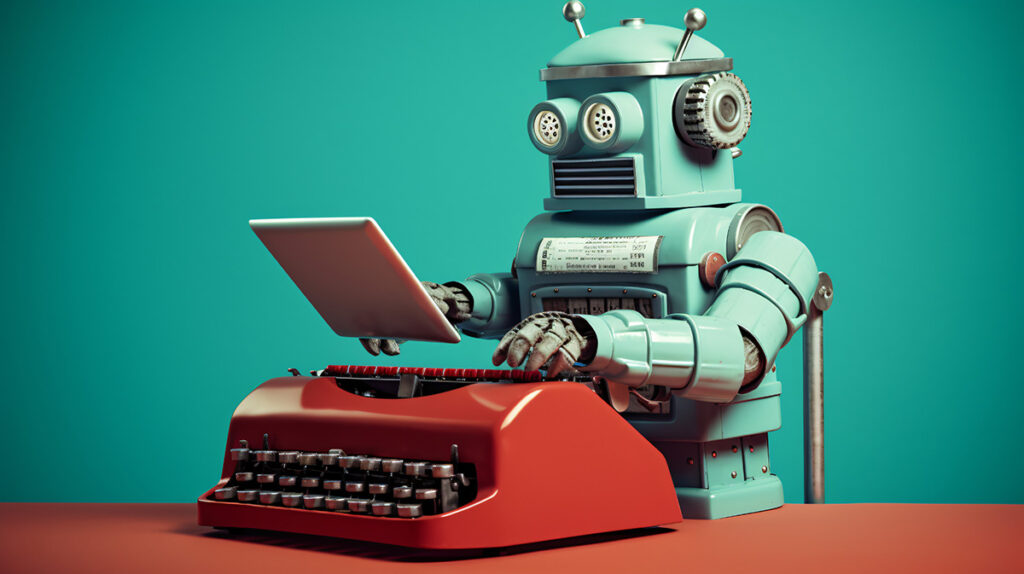AI is Taking Over Business Slower Than You Think

With all the buzz surrounding artificial intelligence, you would think AI systems are taking the business world by storm. You would be wrong. Despite the message that businesses need to jump on the AI bandwagon or get left behind, less than 4% of companies currently use the technology to produce goods and services, according to the U.S. Census Bureau’s latest Business Trends and Outlook Survey.
It should come as no surprise that businesses in the information sector report higher levels of AI integration than the national average, with nearly 14% of companies surveyed saying they already use the technology.
But that doesn’t mean your daily newspaper or favorite magazine is being written by robots. According to the Census Bureau report, information sector industries include software production, computer infrastructure and systems, data processing, web hosting and other services. While some news media organizations have been fiddling with AI as a source of content creation, the nature of artificial intelligence and the use of large language models can make that transition more difficult than the most optimistic promoters of AI would like to admit.
Since the ChatGPT scribes of the world are basically using existing digital information to create stories in the style of [insert famous author’s name here] to complete a task, the specific information required to compose a news story about an event that has just happened does not yet exist in the digital world.
But AI is not a one-size-fits-all kind of technology. Despite the breathless claims of AI boosters, the applicability of artificial intelligence across the breadth of industries is uneven at best. And on a fundamental level, AI systems can only do what they are programmed to do, at least for the moment.
And despite the flurry of articles and information about how AI can help your business grow and thrive, the number of businesses currently using artificial intelligence as a tool has changed little over the past five years. According to the Census Bureau report, the growth in AI use by businesses grew by just over a half percent between 2018 and the present. That number is certain go up in the coming months and years, and is likely to increase dramatically as AI programs are refined and we gain a better understanding of what artificial intelligence can and cannot do.
But we live in a hype-filled world where each technological breakthrough is hailed as the “next big thing” and business owners are warned that to ignore new technologies is a recipe for obsolescence. That may be true in some cases, just ask the makers of buggy whips what the advent of the internal combustion engine meant for the industry.
Conventional wisdom – or perhaps deep-seated skepticism – holds that fear of artificial intelligence comes in large part from the depiction of AI systems in science fiction. While invariably the autonomous systems somehow achieve a measure of sentience and determine humanity can only be saved by its destruction, the reality is thankfully different.
Throughout the broad sweep of human history new inventions and technologies have spread as much fear as wonder and doomsayers predicted the demise of society from the influence of machines. Even as those dire predictions have failed to come true, the trope of man versus machine – with humanity getting the short stick – remains a fixture of popular imagination.
It is probably good for those who fear artificial intelligence to remember that we have yet to see the flying cars promised to us by the Jetsons and that labor-saving devices usually end up just giving us more time to do more work.






